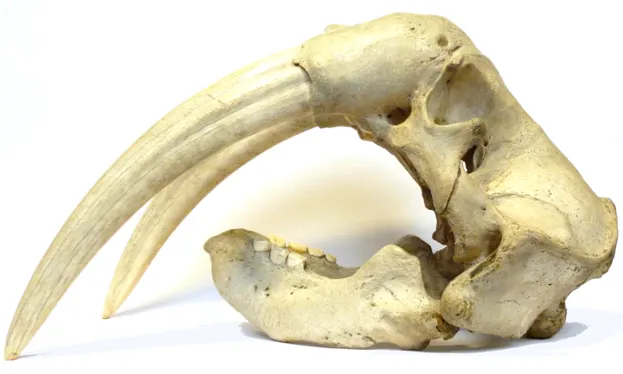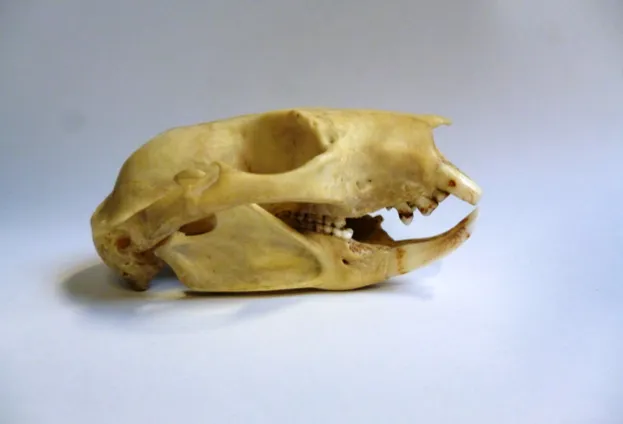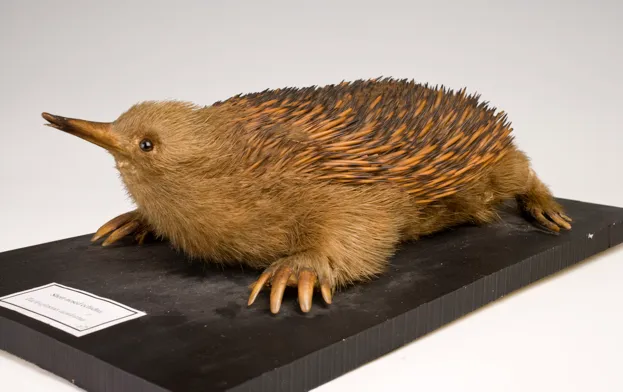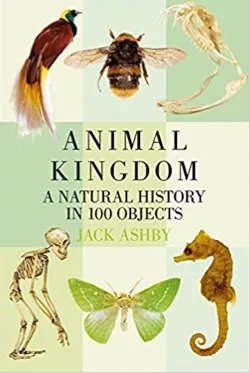Objects in museums tell stories. What we can learn about the animal kingdom from museum specimens is very different from what we can learn watching animals in the wild. Encounters with wild, living animals help us understand behaviour and how ecosystems work. These experiences enable us to see nature in action, as a vibrant, impossibly complex series of living interactions.
Encounters with specimens from dead animals in museums give us a different view. These meetings happen on our own terms, and enable us to ask and answer different questions. We can investigate evolutionary histories, and seek to find not just what they do, but how they do it. Research in the wild and in the museum are both critical pillars of natural history; neither tells the whole story on its own.
Museum objects are at once specimens and individuals – they were collected, traded and used by people: their stories are historical as well as scientific. They provide windows into the past as well as data for the present. Collections represent centuries of ecosystems and cultures: they reflect local, national and global politics, and the societies they are linked with.
The UK alone holds well over 100 million natural history objects in its public museums: far too many to display. The functions of objects on display are very different to the collections held in storerooms. Scientific value and the visitors’ intrigue may not be the only factor at work. The human decisions over which specimens are selected for public consumption – and how they are displayed and interpreted – may be biased: natural history museums are not natural places.
I was asked to select five of my favourite objects to represent the science, history and politics of museum specimens.
Leeches, Helobdella stagnalis

Microscope slide of leech with the young it had been carrying on its body © UCL Grant Museum of Zoology / Oliver Siddons
There seems to be more respect given to predatory animals than parasitic ones. Predators are typically displayed as impressive, noble beasts in museums, while parasites are vilified (if they are displayed at all). Parasites are at least decent enough not to kill their prey.
Parasitic leeches show a wide variety of parental care behaviours, including carrying their eggs and young – even feeding them as they grow.
Walrus, Odobenus rosmarus

Skull and mandible © UCL Grant Museum of Zoology / Oliver Siddons
Scientists were puzzled how walrus stomachs contained kilos of clam meat, but no shells.
The answer? Walruses lock clams into the groove at the front of their solid jaws, and use their tongues as pistons within their tubular mouths to create a vacuum that sucks the meat clean out of the molluscs. They then discard the unbroken shells.
Striped possum, Dactylopsila trivirgata

Skull and mandible © UCL Grant Museum of Zoology
Marsupials have often been incorrectly considered biologically “inferior” to placental mammals. Striped possums exhibit extraordinary parallel traits to aye-ayes: they cut holes in trees with enlarged front teeth, and extract insect larvae with their elongated middle fingers.
Why is that aye-ayes are really famous, but so few people have heard of striped possums?
Short-beaked echidna, Tachyglossus aculeatus

Taxidermy © UCL Grant Museum of Zoology / Tony Slade
When egg-laying mammals (platypuses and echidnas) were first discovered by European settlers, they didn’t fit into the scientific classification of the day. While historic taxidermy specimens like this are “real” specimens, they are also manmade objects: a product of human bias. Very many museum echidnas have their hind-feet pointing in the wrong direction: the taxidermists incorrectly assumed they should point forwards.
Bryozoan, Pentapora foliacea

Dry specimen © UCL Grant Museum of Zoology / Oliver Siddons
All these specimens come from the Grant Museum of Zoology. Robert Grant (1793-1874), the museum’s founder thought that studying simple animals like sponges and bryozoans (moss animals) could reveal the story of early animal evolution.
As such, he was a controversial figure. On a collecting trip for these invertebrates, Grant introduced evolutionary thinking to his protégé: the young Charles Darwin.
This is an abbreviated extract from Animal Kingdom: A Natural History in 100 Objects by Jack Ashby, published by The History Press.

